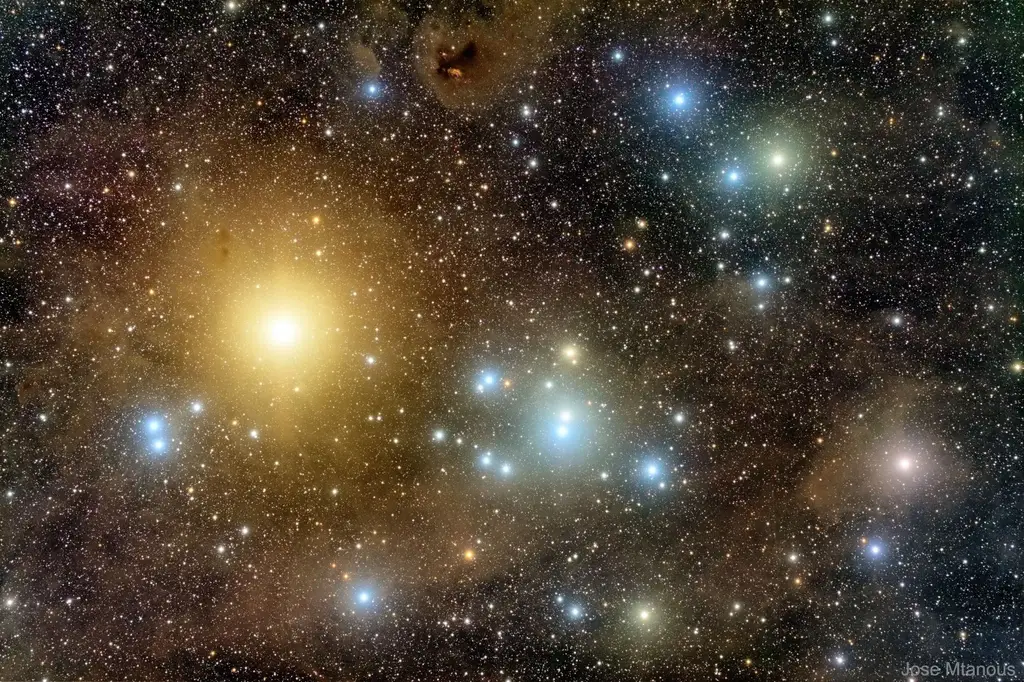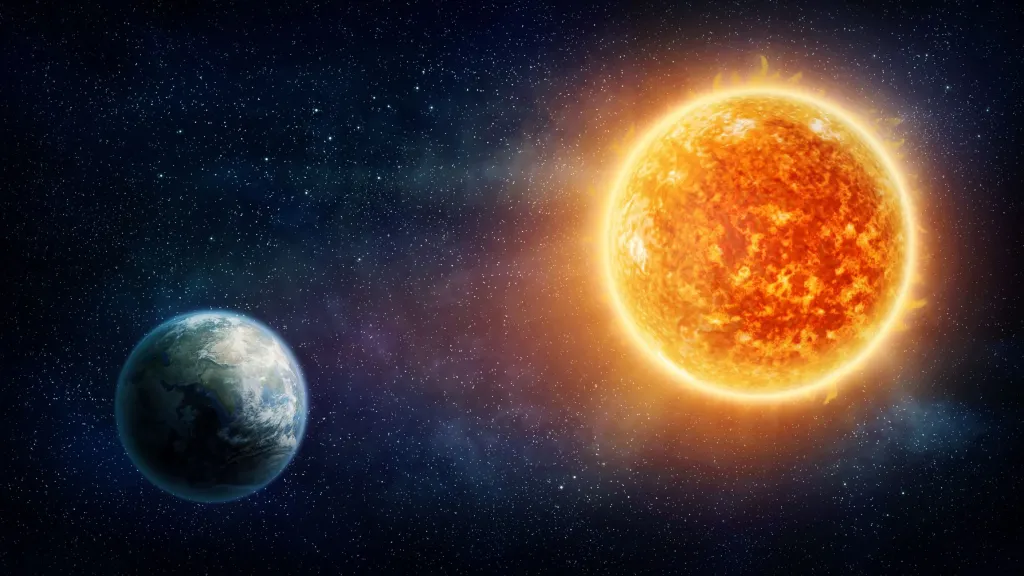A team of astrophysicists led by Nuria Miret-Roig of the University of Vienna found that two methods for determining the age of stars measure different things: simultaneous measurement thus determines the date of birth of stars, while dynamic tracking provides information about when stars were born. Stars “leave” their homes after about 5.5 million years in the studied star clusters. The study that makes it possible to identify the earliest stages of a star’s life has now been published in a scientific journal Nature Astronomy.
The age of stars is a fundamental parameter in astrophysics but remains relatively difficult to measure. The best approximation to date has been made for star clusters, i.e. groups of stars of the same age with a common origin. As part of a study at the Institute for Astrophysics at the University of Vienna, the ages of six relatively close and young star clusters were analyzed.
It was found that the two most reliable methods for determining the age of stars, isochron measurement and dynamic tracing, differ systematically and consistently, with each star being approximately 5.5 million years younger by dynamic tracing than by isochron measurement.
When the clock starts ticking
“This shows that the two measurement methods measure different things,” explains the study’s first author, astrophysicist Nuria Miret-Roig from the University of Vienna. The synchronous “clock” starts ticking from the moment a star forms, but the dynamic backtracking “clock” only starts ticking when a star cluster begins to expand after leaving its parent cloud, according to a new study.
“This discovery has important implications for our understanding of star formation and stellar evolution, including the formation of planets and galaxies, and provides new insight into the chronology of star formation. For example, the duration of the so-called ’embedded phase’, during which baby stars remain in the parent gas cloud, can be predicted ,” explains Joao Alves, co-author and professor at the University of Vienna.
Measuring how long starlings stay in the nest
“This age difference between the two methods is a new and much-needed tool for measuring the earliest stages of a star’s life,” says Alves. “Specifically, we can use this to measure how long it takes baby stars to leave their nests.”
The measurements were made possible by combining high-resolution data from the special Gaia mission with ground-based radial velocities (e.g. from the APOGEE catalogue). “This combination allows us to track the positions of stars back to their birthplace with three-dimensional velocity precision,” explains Miret-Roig. New and upcoming spectroscopic surveys such as WEAVE, 4MOST and SDSS-V will make this study possible for the entire solar environment.
incredible difference
“Astronomers have been using isochrone ages for as long as we know how stars work, but the age depends on the particular stellar model we use,” says Meeret-Roig. “High-quality data from the Gaia satellite now allowed us to dynamically measure ages independently of stellar models, and we were excited to synchronize the two clocks.” But calculations revealed a consistent and surprising difference between the two methods of determining age.
“And eventually we reached a point where we could no longer attribute the discrepancy to observational error; then we realized that the two clocks were probably measuring two different things,” the astrophysicist says.
For the study, the research team analyzed six nearby young star clusters (490 light-years away and 50 million years old). The time scale of the embedded universe was found to be about 5.5 million years (plus/minus 1.1 million years), which may depend on the mass of the star cluster and the amount of stellar feedback.
Miret-Roig hopes that applying this new technique to other young and nearby star clusters promises new insights into the process of star formation and shooting stars: “Our work paves the way for future studies of star formation and a clearer picture of stars and how stars move.” “Star clusters are evolving. This is an important step in our efforts to understand the formation of the Milky Way and other galaxies.”













